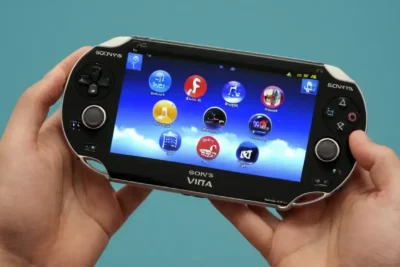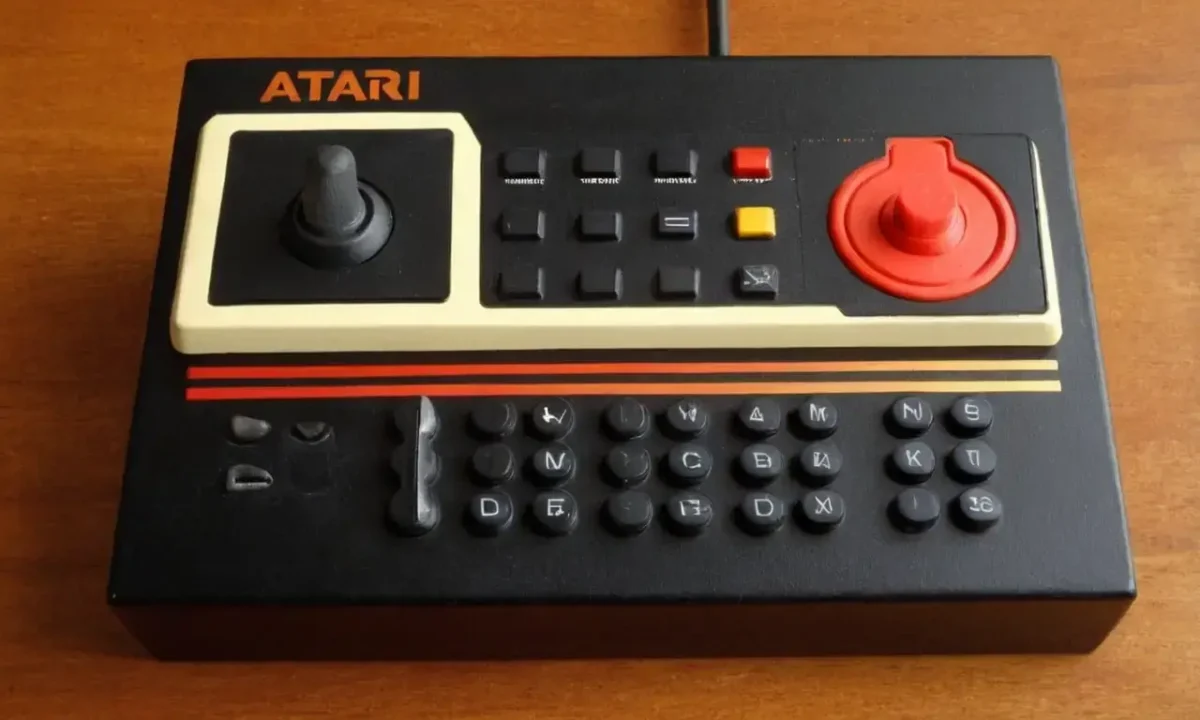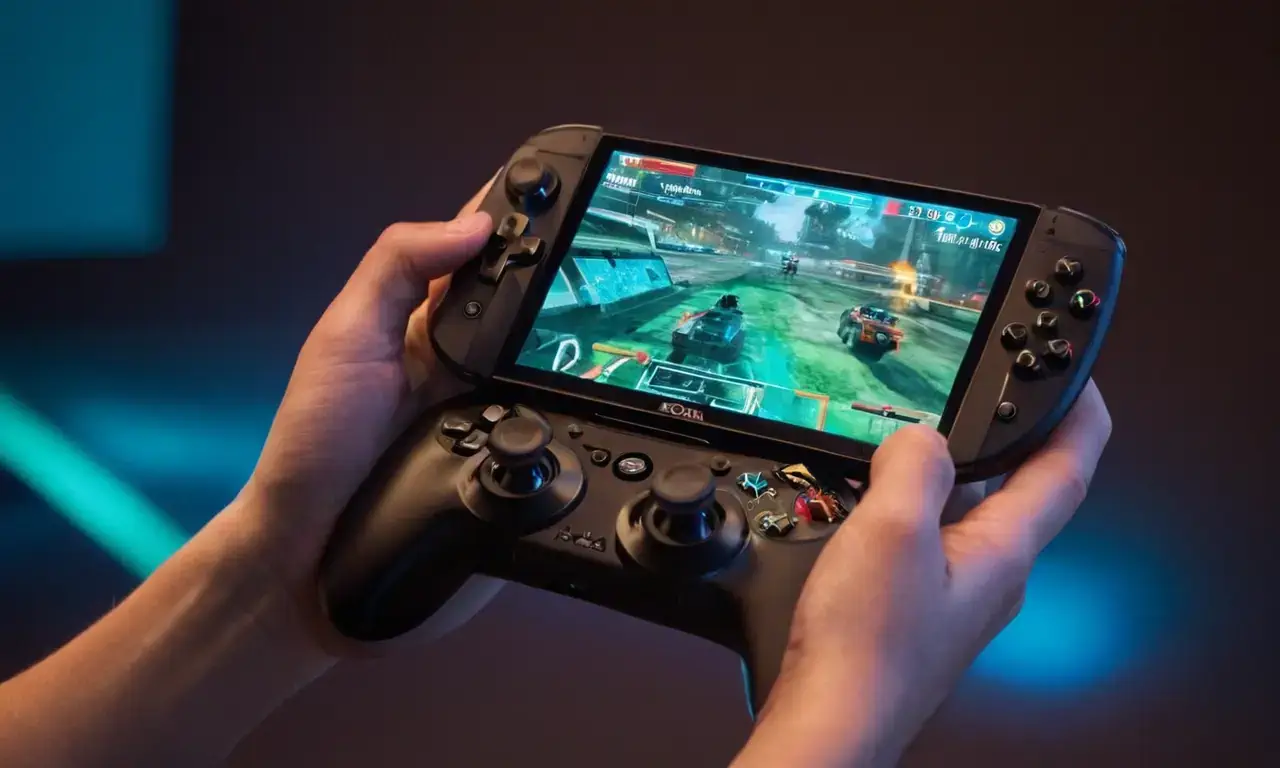
Video Game Controllers: Evolution of Gaming's Interface

Video game controllers have undergone a remarkable transformation since their inception, evolving from simple joysticks to sophisticated devices that enhance immersion and gameplay. These peripherals play a crucial role in shaping the gaming experience by providing players with intuitive ways to interact with virtual worlds. From the iconic Atari joystick to modern motion-sensing controllers, each iteration has pushed the boundaries of what's possible, reflecting the constant innovation within the gaming industry. This article delves into the fascinating history of game peripherals, exploring their evolution and impact on various aspects of our lives.
The objective of this article is to provide a comprehensive overview of video game controller development, covering key milestones, technological advancements, and future trends. By examining the journey from rudimentary joysticks to sophisticated motion-sensing devices, we aim to shed light on how these peripherals have shaped gaming culture and continue to evolve alongside our ever-changing technology landscape.
- Early Controllers: The Pioneers of Gaming
- Console Controllers: Defining Generations
- Handheld Revolution: Portable Gaming Takes Center Stage
- Modern Innovations: Touchscreens and Beyond
- The Future of Gamepads: Immersive Experiences
- Impact on Other Industries: From Remote Controls to Fashion
- Conclusion
Early Controllers: The Pioneers of Gaming
The earliest video game controllers were simple joysticks, inspired by arcade games like Space Invaders. These rudimentary devices allowed players to control the movement of their virtual characters in a two-dimensional plane. However, these early controllers lacked many features we take for granted today, such as buttons and analog sticks. The introduction of the Atari joystick in 1977 marked a significant turning point, paving the way for more complex and interactive gameplay experiences.
The Atari joystick's design was revolutionary, featuring a single stick that allowed players to control both horizontal and vertical movement. This innovation made games like Space Invaders and Pac-Man more accessible and engaging. The joystick also introduced the concept of "analog input," allowing players to smoothly adjust their character's speed and direction without abrupt jumps. This subtle yet significant change significantly impacted how we interact with video games today.
Console Controllers: Defining Generations
As gaming consoles like Atari, Nintendo Entertainment System (NES), and Sega Genesis emerged, so did the evolution of console controllers. These devices were designed to be more ergonomic and user-friendly, incorporating buttons for specific actions and a dedicated joystick or directional pad. The NES controller, with its iconic design featuring two joysticks and four buttons, became synonymous with 8-bit gaming.
The NES controller's influence can still be seen in modern controllers like the PlayStation DualShock and Xbox Controller. These devices feature similar button layouts and ergonomic designs, reflecting the enduring legacy of this classic controller. The introduction of rumble features in later consoles further enhanced immersion by providing tactile feedback during gameplay. This evolution has not only improved player experience but also contributed to the development of more sophisticated gaming technologies.
Handheld Revolution: Portable Gaming Takes Center Stage
The advent of handheld consoles like the Game Boy and Nintendo DS marked a significant shift in gaming culture. These devices allowed players to enjoy their favorite games on the go, blurring the lines between home entertainment and portable experiences. The Game Boy's iconic design with its single cartridge slot and monochrome screen revolutionized handheld gaming.
The Nintendo DS, however, introduced innovative features like touchscreens and dual screens, significantly expanding the possibilities for gameplay. These advancements allowed players to interact with games in new ways, leading to a surge in creativity and innovation within the handheld gaming market. The rise of mobile gaming has further fueled this trend, with smartphones becoming powerful platforms for playing games on the go.
Modern Innovations: Touchscreens and Beyond

Modern game peripherals continue to push boundaries with innovative technologies like touchscreens and motion-sensing controllers. These advancements have led to a more immersive and interactive gaming experience, blurring the lines between reality and virtual worlds. The Nintendo Switch's hybrid design allows players to seamlessly transition from handheld mode to docked console mode, offering unparalleled flexibility in gameplay.
Touchscreen technology has also found its way into various gaming platforms, including mobile devices and consoles like the PlayStation Vita. These touchscreens allow players to interact with games through gestures and taps, adding a new dimension to gameplay experiences. The introduction of motion-sensing controllers like the Wii Remote further revolutionized gaming by allowing players to control virtual objects using natural movements.
The Future of Gamepads: Immersive Experiences
The future of game peripherals is likely to be even more immersive and interactive. Advancements in haptics, artificial intelligence (AI), and augmented reality (AR) are poised to transform the way we play games. Haptic feedback devices will allow players to feel virtual objects and sensations, creating a more realistic gaming experience. AI-powered controllers could learn player preferences and adapt gameplay accordingly, leading to personalized gaming experiences.
Furthermore, AR technology has the potential to overlay digital elements onto the real world, blurring the lines between reality and fantasy. Imagine playing a game where your living room becomes part of the virtual environment! These advancements will undoubtedly shape the future of game peripherals, creating even more engaging and immersive gaming experiences for years to come.
Impact on Other Industries: From Remote Controls to Fashion
The impact of game peripherals extends beyond the gaming industry, influencing other sectors like consumer electronics and fashion. Remote controls, once a staple in our living rooms, have been heavily inspired by video game controllers. The design principles behind these devices are often similar, reflecting the influence of gaming culture on everyday technology.
Furthermore, the use of motion-sensing technology has found its way into various applications beyond gaming. For example, fitness trackers and smart home devices utilize motion sensors to track user activity and automate tasks. This cross-pollination of technologies highlights the interconnectedness of different industries and how innovation in one area can inspire advancements in others.
Conclusion
The evolution of game peripherals has been a fascinating journey that has transformed gaming culture and influenced other industries. From simple joysticks to sophisticated motion-sensing devices, these innovations have not only enhanced gameplay but also shaped our interaction with technology in various aspects of our lives. As technology continues to advance at an unprecedented pace, we can expect even more innovative game peripherals to emerge, further blurring the lines between reality and fantasy and shaping the future of entertainment.
Leave a Reply





Related Links